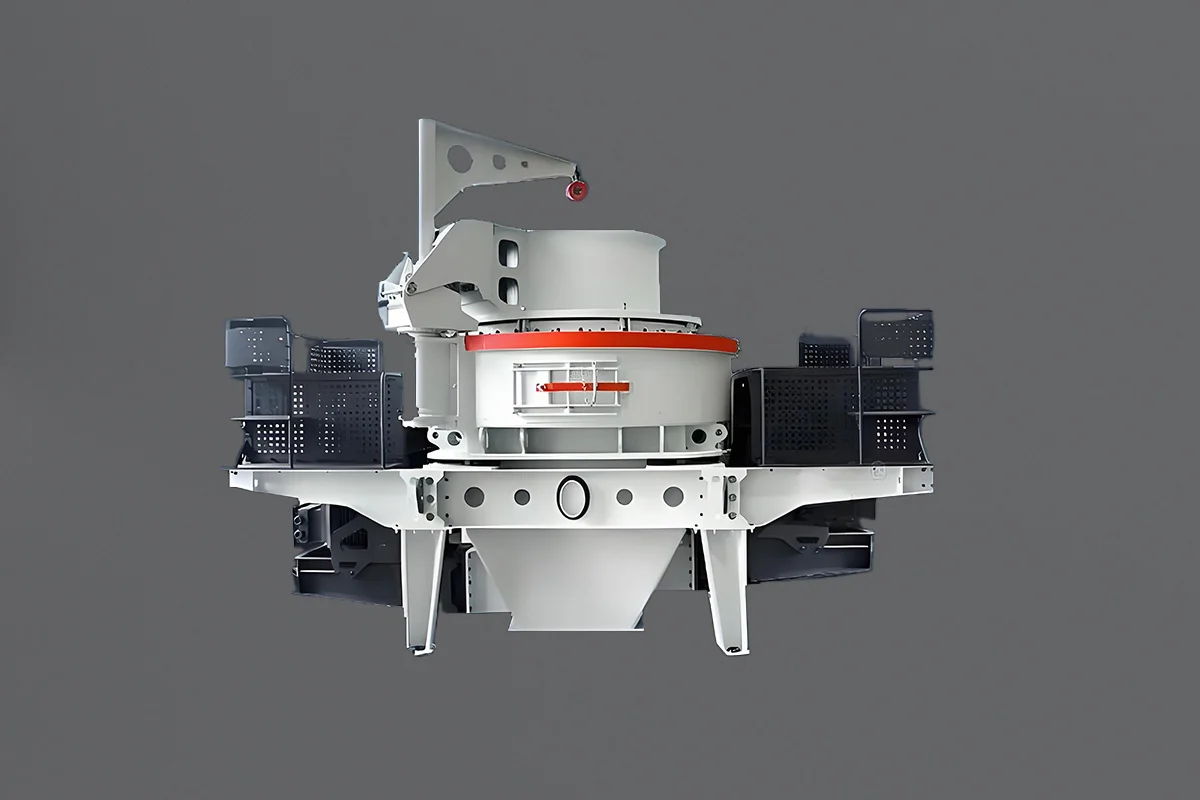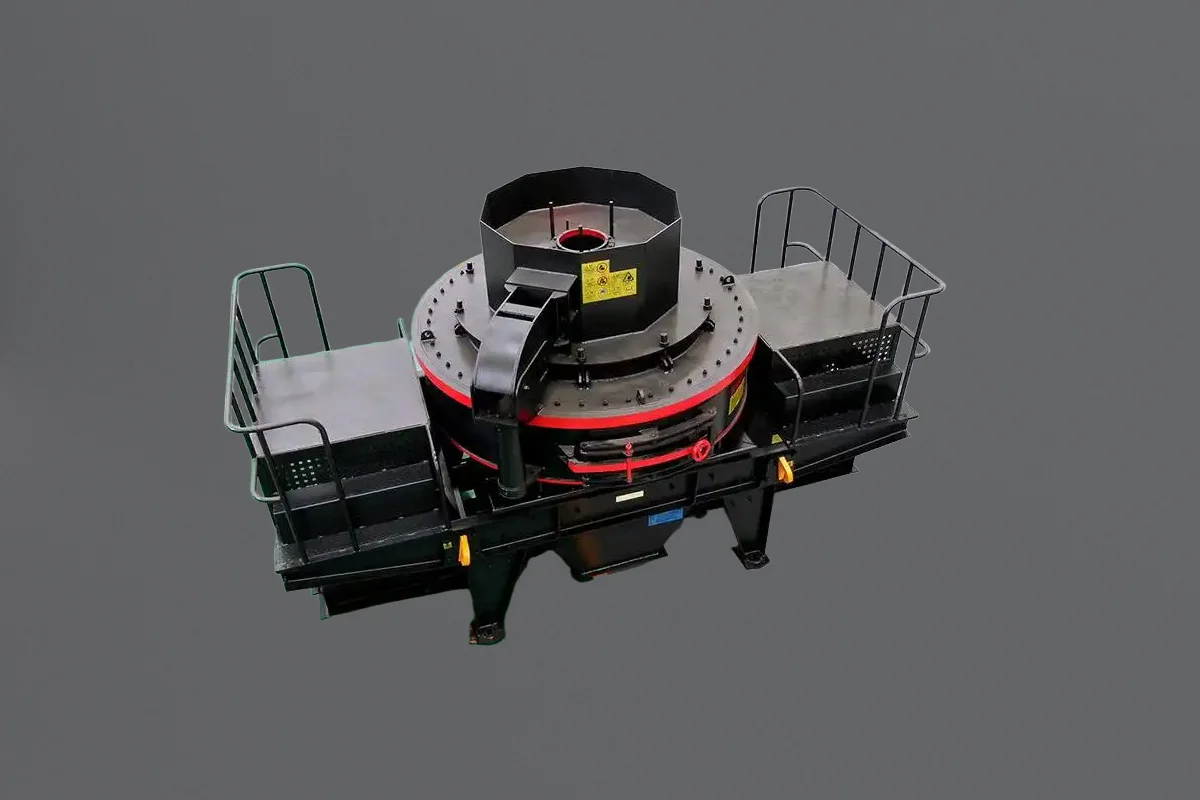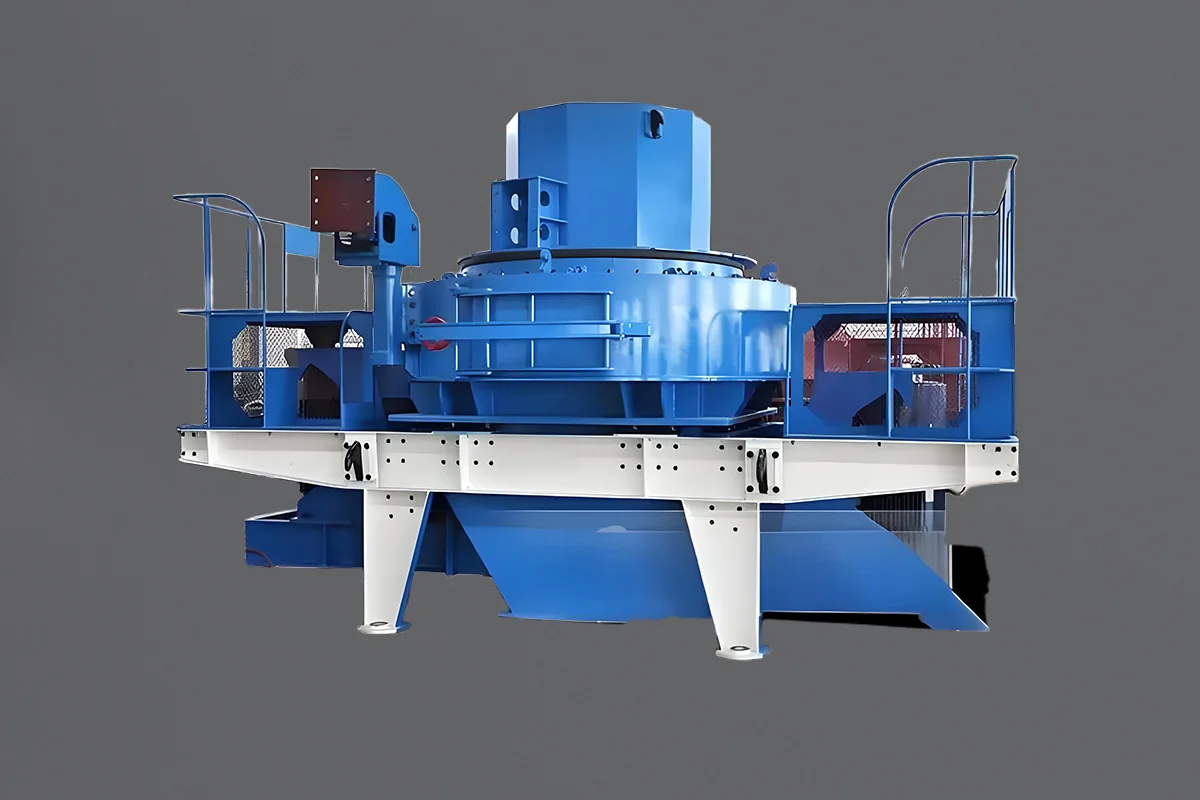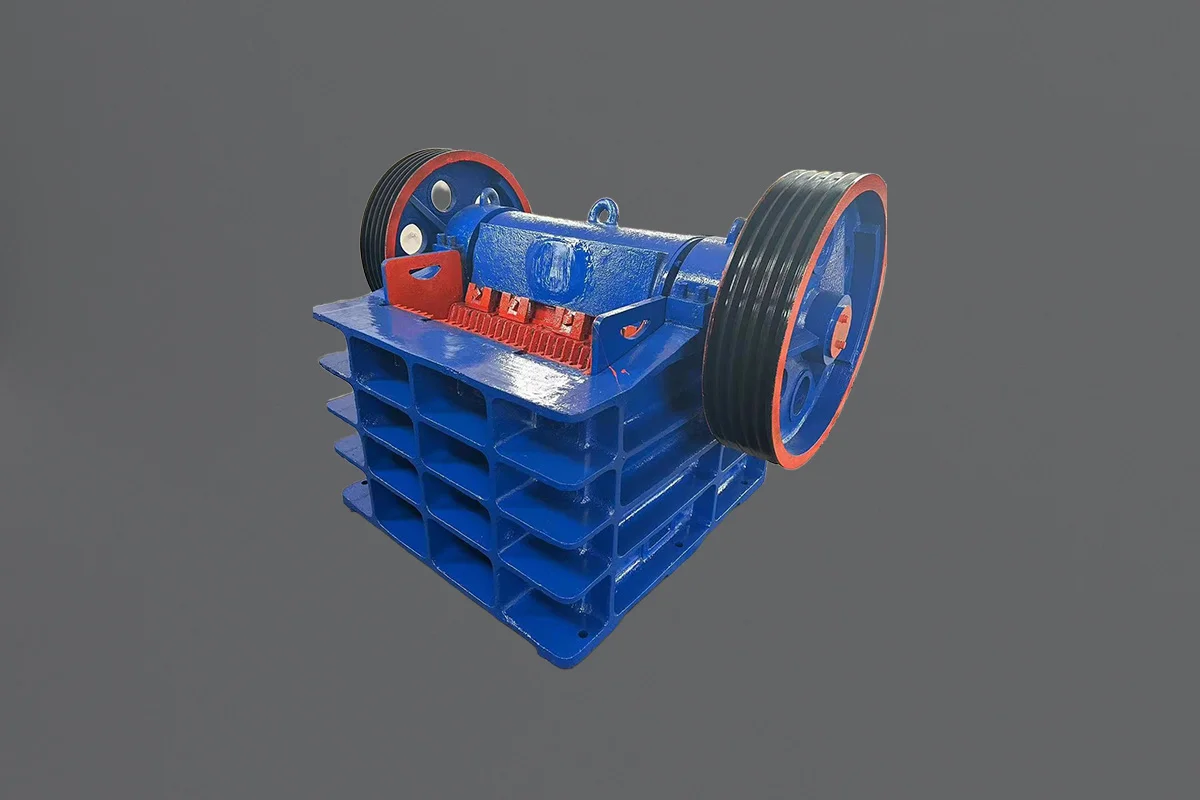When exploring high-strength, low-alloy steel properties, you’ll uncover a fascinating blend of strength and versatility for materials engineering. The unique combination of alloying elements enhances its mechanical properties and opens up possibilities for innovative design solutions.
HSLA steel is a superior material that is high in strength and light in weight, making it an ideal choice for numerous industries. This type of steel has risen in popularity due to its excellent ductility, formability, and inherent toughness, which lend their resistance to fractures, even under high stress.
But the advantages of HSLA steel don’t cease there! They are easily welded, corrosion-resistant, cost-effective, and have a refined grain structure. We’ll break down its composition and performance so you can see its potential applications.
What are the Core Properties of High Strength Low Alloy Steel?
High Strength Low Alloy Steel offers a combination of key properties that make it highly desirable for various applications. These core properties make this steel versatile and reliable in engineering and construction projects. The core properties of these steels are:
High Strength
Increasing the yield and tensile strength of Low Alloy Steel involves incorporating specific alloying elements and precise heat treatment techniques. The high strength of HSLA steel is primarily attributed to elements such as manganese, nickel, chromium, copper, and silicon in varying proportions.
These alloying elements form solid solutions with the iron matrix, effectively blocking dislocation movement and increasing the material’s strength. Heat treatment processes, like quenching and tempering, refine the steel’s microstructure, further improving its mechanical properties.
Low Weight
The core properties of High-Strength Low-Alloy Steel, particularly its weight-saving characteristics, stem from its superior strength-to-weight ratio.
HSLA steel offers a remarkable balance between strength and weight, allowing for construction of lighter structures without compromising durability. This advantageous feature makes HSLA steel a preferred choice in industries seeking to reduce overall weight while maintaining structural integrity.
Utilizing HSLA steel in applications where weight reduction is critical, such as the automotive and aerospace industries, can achieve significant advancements. With HSLA steel, you can save vehicle weight, increase payload capacity in aerospace components, and improve overall performance.
Improved Formability
HSLA Steel’s good ductility and formability make it easy for industries like automotive to shape complex structures without cracking. The high formability of HSLA steels comes from their fine-grained microstructure and alloying elements that promote solid-solution strengthening.
These factors enable the steel to undergo extensive deformation processes, such as bending and deep drawing, without compromising its structural integrity. Additionally, HSLA steels’ improved formability contributes to enhanced manufacturability, reducing the likelihood of defects during shaping operations.
Enhanced Toughness
Maintaining good toughness, High-Strength, Low-Alloy Steel exhibits core properties that render it resistant to fracture even under high-stress conditions. The alloying elements in the steel and the microstructure that form during manufacturing contribute to this enhanced toughness.
With manganese, chromium, and nickel, HSLA steels can withstand impact and deformation without breaking because of their fine-grained structures. Additionally, the controlled rolling and cooling processes used in producing HSLA steels help refine the grain structure, improving toughness.
Good Weldability
These steels are formulated to be readily welded without requiring preheating or post-weld heat treatment. This characteristic simplifies the welding process, making it more efficient and cost-effective for various industrial welding operations.
The good weldability of High-Strength, Low-Alloy Steel results from its chemical composition and microstructure, which make it stable and defect-free. These steels are highly desirable for projects requiring strong and reliable weld joints.
Corrosion Resistance
High-strength, low-alloy steel possesses core qualities that contribute to its corrosion resistance, mainly through chromium, nickel, copper, and silicon. These elements are crucial in enhancing the steel’s ability to withstand atmospheric corrosion, making it a good choice in corrosive environments.
The synergistic effect of these alloying elements in high-speed, low-alloy steel results in a material with superior corrosion resistance, ideal for industries that require it.
Cost-Effectiveness
The cost-effectiveness of high-speed low alloy steel stems from its features compared to traditional carbon steels, which contribute to superior performance.
While initially more expensive, the high strength of HSLA steels allows for using thinner sections, lowering costs by reducing material requirements. Reducing material usage cuts costs and lightens structures, which can save on transportation and installation.
Microalloying Elements
Adding micro alloying elements like niobium, vanadium, and titanium to High-Strength Low Alloy Steel Casting by Qiming Casting improves its performance.
These elements are crucial in refining the grain structure and improving the steel’s mechanical properties. They are added in small quantities, typically less than 0.10%, to significantly enhance strength, toughness, and weldability without compromising formability.
Niobium refines the grain size of the steel, increasing strength by inhibiting grain growth during the heat treatment process. As vanadium forms carbides, it strengthens steel and makes it harder, making it perfect for wear-resistant applications.
Titanium acts as a deoxidizer, removing oxygen from the steel to enhance its ductility and toughness. Combining these microalloying elements results in a high-strength steel with improved weldability, formability, and resistance to atmospheric corrosion.
Is low alloy steel available in different grades?
Low alloy steel is available in various grades, each tailored to specific applications and requirements. Some common alloy steel grades include low-carbon quenched and tempered (Qt) steels, which offer improved strength and toughness through heat treatment. These steels are suitable for applications requiring high strength with good weldability.
Medium-carbon ultrahigh-strength steels are another low-alloy steel grade known for their exceptional strength and impact resistance. These steels are often used in structural components where high strength-to-weight ratios are crucial.
Bearing steels are designed to provide excellent wear resistance and fatigue strength, making them ideal for applications such as bearings and other rotating machinery components.
Heat-resistant chromium-molybdenum steels are yet another low-alloy steel grade that excels in high-temperature environments. They offer good oxidation and corrosion resistance and are commonly used in industries such as aerospace and power generation.
Each grade of low alloy steel brings unique properties that cater to diverse industrial needs.
How to identify high-strength low alloy steel?
Identifying strength in low-alloy steel typically involves analyzing the elemental composition of specific alloying elements in concentrations below 10%. Low-alloy steels combine less than 10% carbon, manganese, chromium, nickel, molybdenum, barium, vanadium, and silicon.
Testing methods like spectroscopy or chemical analysis can be employed to quantify the presence of these alloying elements to determine if steel is a strength-low alloy.
One common method for identifying high-strength, low-alloy steel is spark testing. This involves using a grinder to create sparks from the steel sample. The color and shape of the sparks can provide clues about the steel’s composition, helping to differentiate it from other types of steel.
Additionally, high strength low alloy steel often has a specific grade designation provided by the manufacturer. If you are searching for pure HSLA steel, consider Qiming Casting for austenitic steel.
What is the yield strength of high-strength low-alloy steel?
The HSLA steel yield strength typically falls from 480 MPa to 830 MPa. This range signifies the stress the steel can withstand before it begins to deform plastically.
Steel’s yield strength varies depending on its composition, with different elements contributing to its overall properties. Its high yield strength and weldability make it versatile in the automotive, construction, and machinery industries.
Unleash the Potential of High-Strength Low Alloy Steel
The superior qualities of high-strength alloy steel make it the material of choice in many industries. Its versatility and robustness significantly lessen the volume of material needed, thus offering an economical, lightweight, and durable solution for manufacturing processes.
With its exceptional strength-to-weight ratio and superior performance, this steel stands out as a top choice for structural and engineering applications. Embrace the power of high-strength alloy steel to elevate your projects to new heights of success.
With the high range yield strength and 620 MPa to 1,030 MPa tensile strength, it’s time to acknowledge and utilize HSLA steel’s potential.



